Found in Translation, chapter H
FOUND IN TRANSLATION, chapter H
A project curated by Emmanuel Lambion
With Saskia HOLMKVIST (Sw), Ruth SACKS (ZA), Francisco CAMACHO HERRERA (Co).
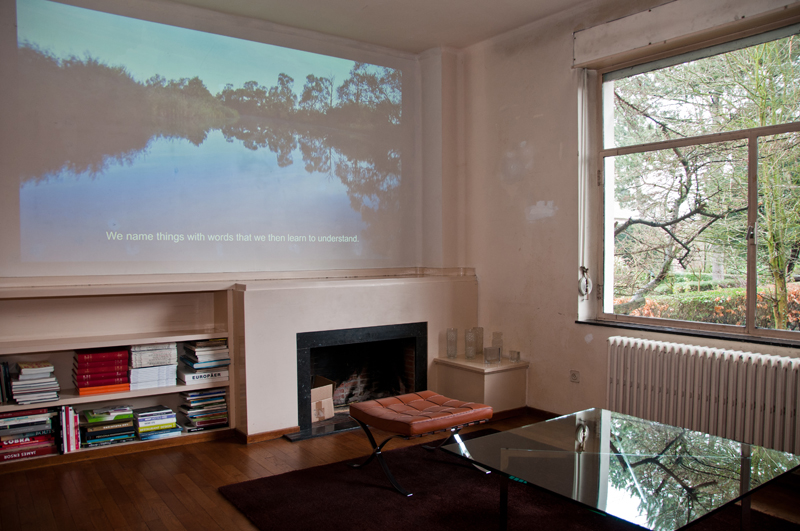
Bn PROJECTS and Maison Grégoire are particularly proud to invite you to the opening of Found in Translation chapter H, an exhibition which premieres in Belgium new / recent works by Saskia Holmkvist (Sw), Ruth SACKS (ZA) and Francisco Camacho Herrera (Co).
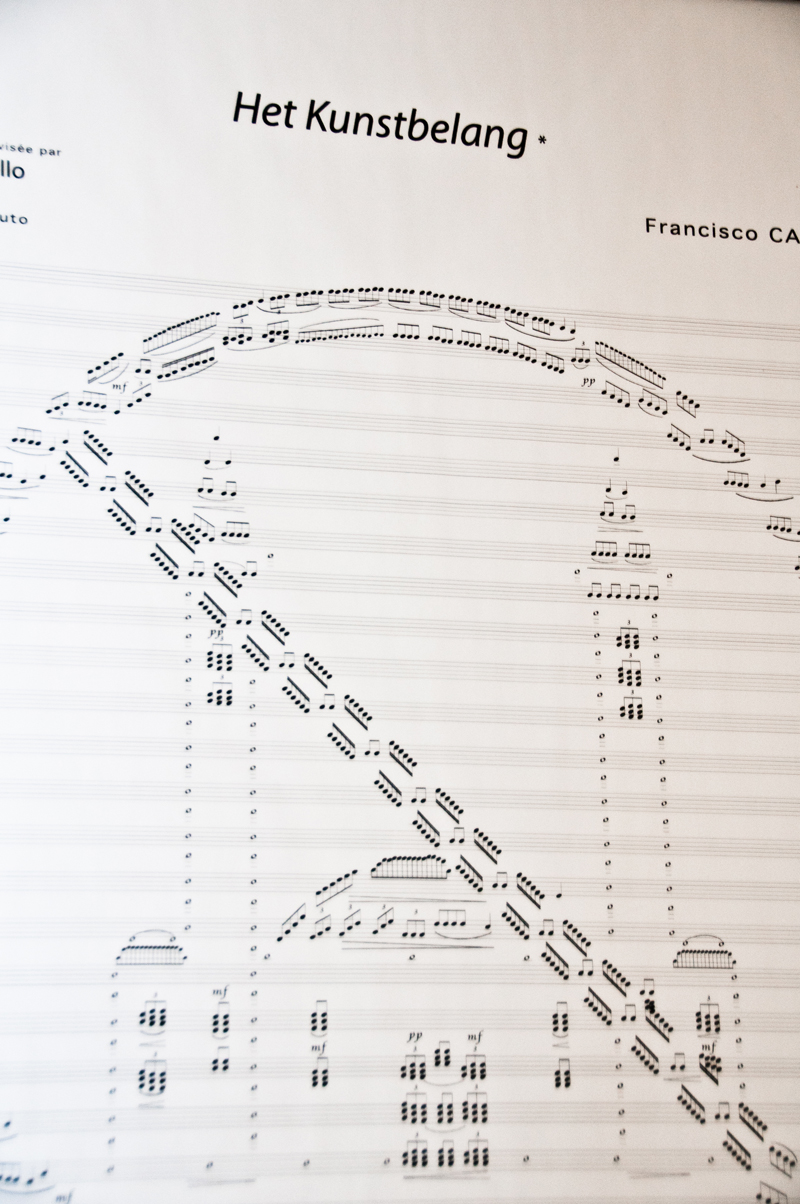
The show is to be apprehended as the second chapter of an additive and global curatorial project, initiated in January 2010 : It is integrated in a series of distinctive exhibitions which articulate and develop, in different contexts and following different formats, the variety of apprehensions of the concept of translation. It is of course an etymological approach of the word, which is privileged, referring to something that brings you beyond the usual environment (“trans-fero†). Far exceeding the usual idiomatic understanding of the word, translations are here to be understood, in a wider, physical or metaphorical sense, as the subtle, deliberate movement, of a being, a body, an icon, a practice, discipline, an area of knowledge or a concept which, through it’s very displacement, opens up new and freer areas of investigation, research, transmission and perception. Conveying, from one perspective, one approach or one discipline to the other, an implicit idea of a subtle shift and questioning of norms, codes and languages, we believe translations may epitomize many current investigations pursued in contemporary art.
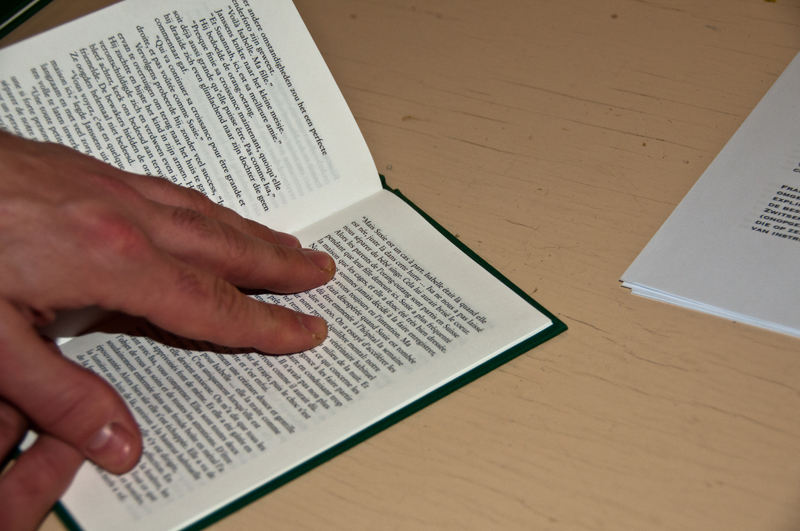
For this Chapter (H), we have particularly happy to present the latest video by the Swedish video and performing artist Saskia Holmqvist, Blind Understanding
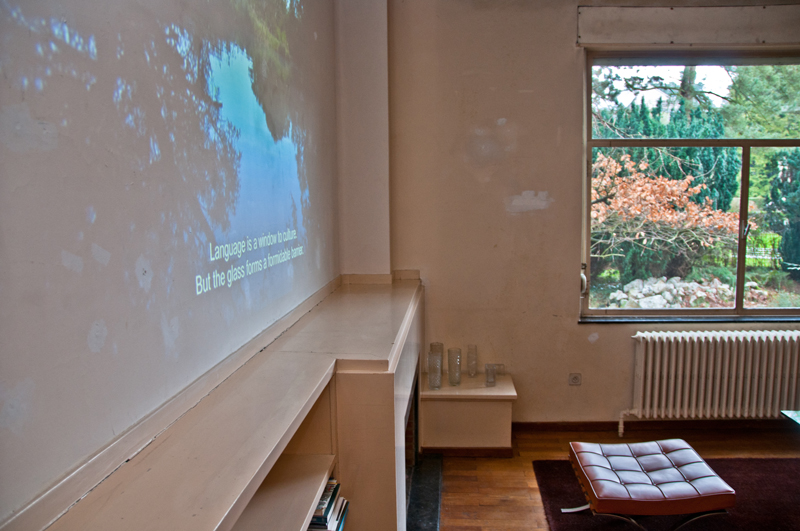
Throughout the subdued visual flow of the filmed sequence, the viewer hears the mesmerizing voice of the artist, as if he were sitting on an embarkation along a bucolic river. Following the meanders of the water, the narratives unfold in a surprisingly associative way : Holmqkvist departs from the changes undergone in the XIXth Century by the singing of some species of birds, which adapted their thrills to the new urban context of the Industrial revolution, before tackling the simultaneous evolution of the trade unions and workers hymns etc... From one association to the other, Holmqvist discourse becomes increasingly political, opening many a questioning issue, revolving about the general idea of shifting identities.
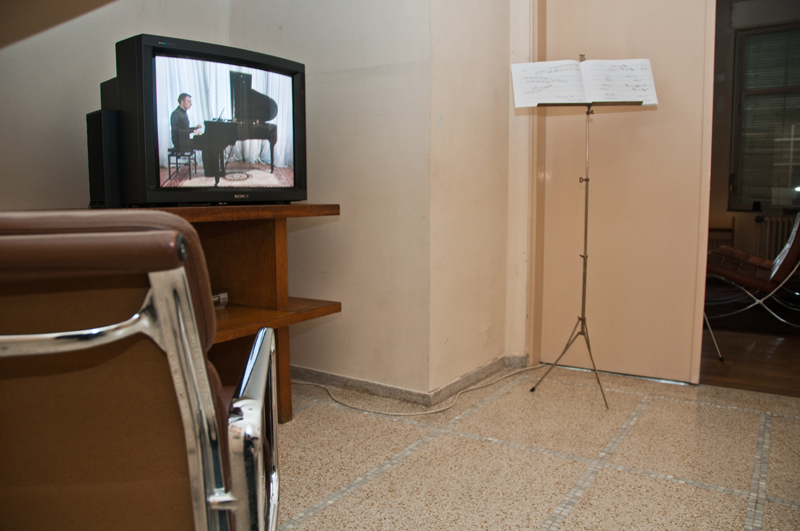
Francisco Camacho Herrera’s Het Kunstbelang functions in an almost mirrored way. The artist’s point of departure was in this case a questioning and directly political iconic sign found on the internet, arising from the debate which followed the decision taken by the Swiss government to forbid the construction of minarets. This questionable icon was transformed by Camacho in a partition. One of the possible interpretations of this translated artistic appropriation, meant to be performed in variety of ways according to x different keys on the score, is presented in the show. Of course, the arbitrary and changing outcome of the performative gesture, enriched by its many silences / tonal gaps brings about its own intrinsic and metaphoric interrogations.
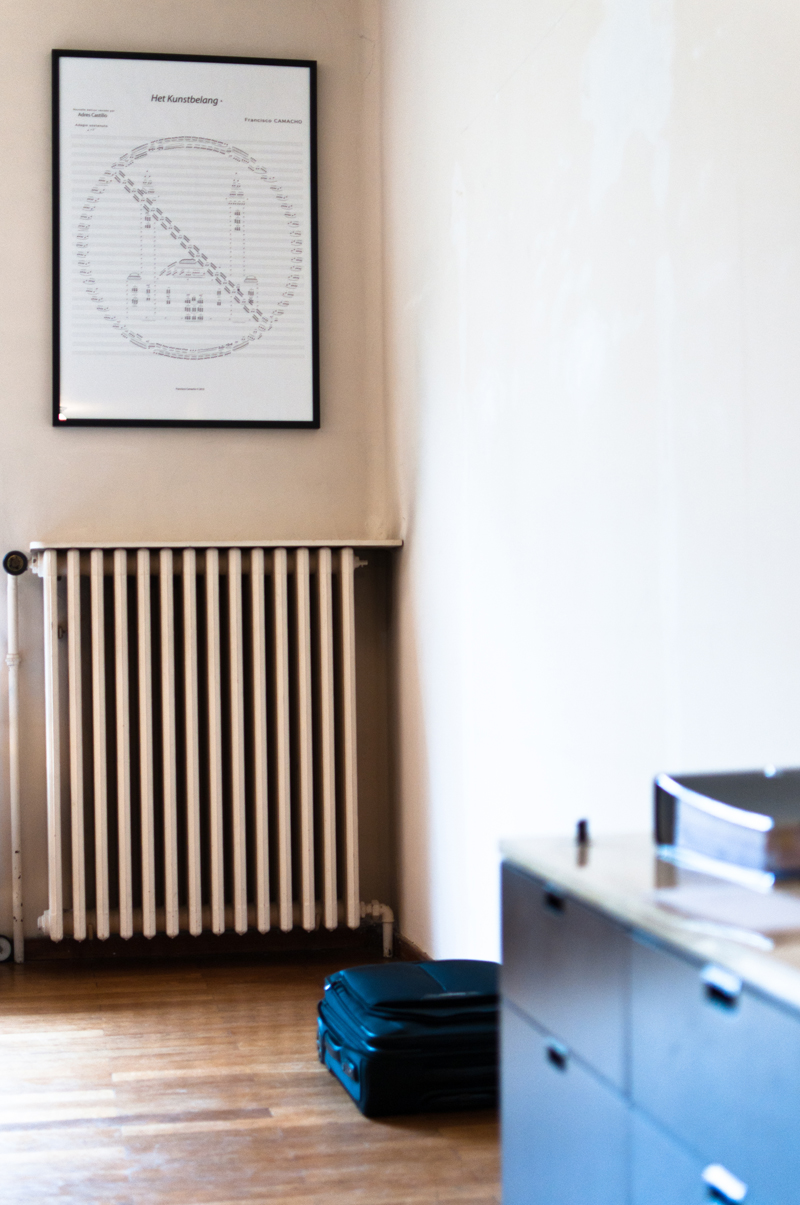
The South African Ruth Sacks presents the first publication produced by Kunstverein of her editorial project Garamond Press. The artwork takes the form of a detective book, based on the storyline of Edgar Allen Poe’s Murders at the Rue Mourgue from 1841, which is generally agreed to be the first detective story ever written. Ruth Sack’s version, contextualised in a contemporary Antwerp, sees her text split up into 3 different languages, with a narrator speaking Dutch (in a Flemish dialect), the interventions of the main character in French and all the texts within texts, as well as the introduction and explanatory notes in English. Fluency in all 3 languages is necessary to fully follow all the twists in the plot. The constant shift in languages as well as of perspectives, combined to the implicitely ambiguous social / political innuendos leave the door open to many interrogations, leaving the final interpretation of the plot much unresolved.
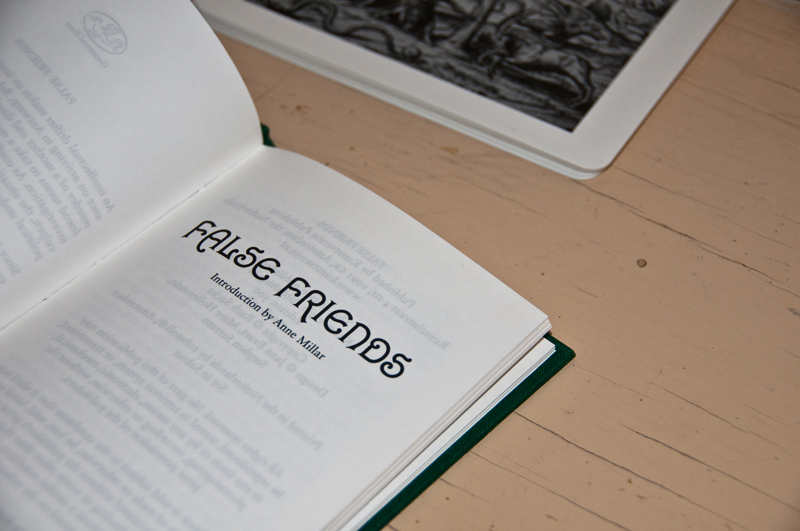
Opening on 26 November 2010, 6 30 p.m.
Exhibition open on Saturdays 2-6 p.m., -from 26/11/2010 until 29/01/2011
(closed on 25/12, 1/1 & 8/1)
L’Observatoire - Maison Grégoire
292 Dieweg - B 1180 Bruxelles
www.maisongregoire.be